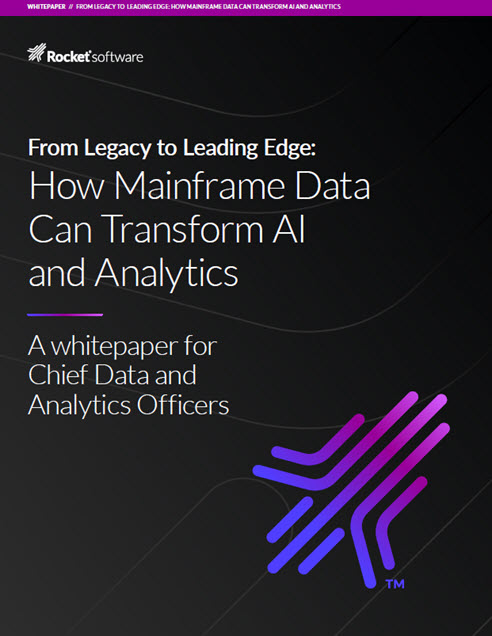In this contributed article, John Mark Suhy, CTO of Greystones Group, discusses how a comprehensive data catalog with robust access control, complemented by expert insights, is essential for secure and effective AI-driven data management. By prioritizing these elements, organizations can empower AI systems to generate precise insights, automate reporting, and recommend data confidently.
Why Trust is the Foundation of AI Content Production
In this contributed article, Joshua Ray, founder and CEO of Blackwire Labs, discusses how AI is ushering in a new era of productivity and innovation, but it’s no secret that there are urgent issues with the reliability of systems such as LLMs and other forms of AI-enabled content production. From ubiquitous LLM hallucinations to the lack of transparency around how “black box” machine learning algorithms make predictions and decisions, there are fundamental problems with some of the most widely used AI applications. This hinders AI adoption and generates resistance to the technology.
AI Beyond LLMs: How LQMs Are Unlocking the Next Wave of AI Breakthroughs
In this contributed article, Dr. Stefan Leichenauer, Vice President of Engineering and lead scientist at SandboxAQ, discusses the profound evolution that is now emerging: Large Quantitative Models (LQMs), designed to tackle complex real-world problems in areas such as healthcare, climate science, and materials design, are set to revolutionize industries and unlock new AI-powered breakthroughs for some of the world’s greatest challenges.
AI Has Run Into Data Shortage and Overtraining Problems
In this contributed article, Jason Hardy, Chief Technology Officer for Artificial Intelligence for Hitachi Vantara, explores how the growing demand for training data is testing the limits of AI development and triggering challenges like overtraining, which can lead to regression or biased outcomes.
How to Craft an AI Plan for Customer Service
In this contributed article, Chris Filly, Vice President of Marketing for CX automation company Callvu, discusses how AI can assist in customer service, but getting AI right requires a well-defined strategy and a commitment to continuous improvement. By taking an intelligent approach, customer service leaders can use AI to deliver great customer experiences, empower support teams, and dramatically reduce service costs.
Is AI-Powered Surveillance Contributing to the Rise of Totalitarianism?
In this contributed article, Aayam Bansal explores the increasing reliance on AI in surveillance systems and the profound societal implications that could lead us toward a surveillance state. This piece delves into the ethical risks of AI-powered tools like predictive policing, facial recognition, and social credit systems, while raising the question: Are we willing to trade our personal liberties for the promise of safety?
Embracing AI Devices in the Workplace: Navigating the Ethical Challenges
In this contributed article, Mary Giery-Smith, Senior Publications Manager for CalypsoAI, believes that by developing a culture grounded in responsible AI use, businesses can sidestep unintended pitfalls and build a workplace that values ethical integrity as much as innovation.
Small Language Models Set for High Market Impact in 2025
As the initial hype surrounding GenAI continues to mellow, the market impact of small language models (SLMs) is set to soar. Benefitting from faster training times, lower carbon footprint, and improved security, SLMs could prove more attractive for enterprises compared to the LLMs that have thus far dominated headlines.
Embrace Innovation While Reducing Risk: The Three Steps to AI-grade Data at Scale
In this contributed article, Kunju Kashalikar, Senior Director of Product Management at Pentaho, discusses how to dream big without the risk: three steps to AI-grade data. The industry adage of ‘garbage-in-garbage-out’ has never been more applicable than now. Clean, accurate data is the key to winning the AI race – but leaving the starting blocks is the challenge for most. Winning the race means working with data that’s match fit for AI.
Harnessing AI in Agriculture
In this contributed article, Sarah Schinckel, director of emerging technologies in the Intelligent Solutions Group (ISG) at John Deere, discusses how AI is being harnessed in agriculture. The piece also offers considerations for leaders as AI is integrated across industries.













